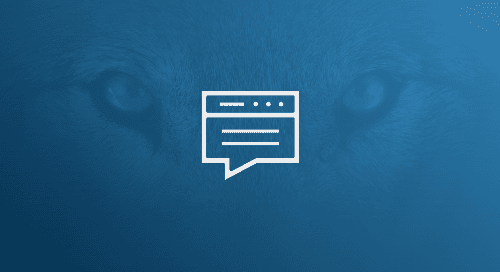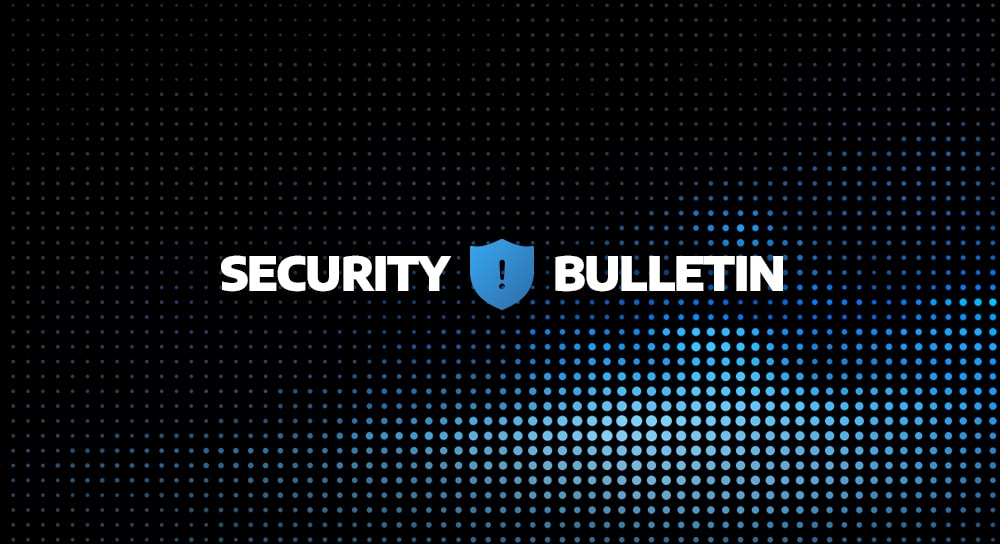2021 was a busy year for the cybersecurity industry. It began in January, as we were just beginning to understand the impact and massive scope of the SolarWinds attack. Then Kaseya happened. Then the Colonial Pipeline was breached. And now, as 2021 comes to a close, we’re in the early days of the Log4j crisis that will take all of next year—if not longer—to fully unpack, understand and mitigate.
Then there was the geo-political landscape, with attacks from nation states ramping up tension between foreign superpowers. Breaches rose, ransomware dominated headlines, attacks evolved, and supply chain attacks and extortion continued to emerge as dangerous and vexing threat tactics. The U.S. government doubled down on its calls to stop ransomware attacks and increase public and private security postures. Plus, record investment came pouring into the cybersecurity sector as companies worldwide increased spending to keep their data safe.
These highlights showcase just what a wild year 2021 was for the cybersecurity industry. And, since we know that proactive security is better than reactive security, we asked our team of experts for their thoughts on what might be coming in the new year.
Four Cybersecurity Predictions for 2022
1. Ransomware Attacks Will Come Back Stronger
Mark Manglicmot – VP, Security Services
Ransomware evolved in 2021 from encryption and holding organizations at ransom to more wide-spread supply chain attacks that proved to be highly lucrative. While these headline-making hacks have led to arrests that could redirect this criminal trend—this level of government retaliation and punishment will no doubt give big ransomware groups (RaaS attackers) pause—in the end we will see them simply step away faster to rebrand and come back stronger.
Ransomware groups will find even better ways to spread their attacks and move faster to get what they want—be it money, blackmail, corporate espionage or stolen IP.
Cybersecurity professionals must learn from past mistakes and experiences as we look to 2022, knowing that an ounce of prevention is worth a pound of cure. This means refocusing on the practices that help prevent ransomware from being successful: maintaining total asset management, scanning for vulnerabilities and patching them, continually training users on phishing, and monitoring whole enterprises to quickly respond before a widespread outbreak.
2. Small Businesses and Mid-Market Enterprises Will be Targeted
Ian McShane – Field CTO
It’s become abundantly clear that cyber attackers don’t discriminate based on the size of their targets. Small businesses and mid-market enterprises have proven to be just as lucrative for things like ransomware attacks, and we expected that to continue in 2022.
The cybersecurity industry needs to work on democratizing security, particularly as the talent gap and retention struggles continue to stretch teams thin. Strong cybersecurity cannot continue to favor the larger enterprise. Digital transformation and technology expansion have created massive opportunities for attackers and securing the entire supply chain is the only way to protect all of us.

3. Supply Chain is the New Ransomware
Ian McShane – Field CTO
We’re currently stuck in a culture of “the here and now” around ransomware.
In 2022 companies, governments, and industries will recognize the bigger issue—the entry point. As we look toward a more secure future, things like email security, Microsoft’s operating system, and cloud collaboration tools—the modern supply chain—must be a focus for security teams and awareness training.
We must shift from a greater focus on what to do after an attack, and focus instead on how to predict attacks and protect ourselves proactively. Cybersecurity professionals will use data science to model scenarios that can highlight any potential weaknesses in the supply chain. Yet, to truly protect the supply chain, company cultures will need to adopt a security state of mind: see something, say something, do something. Companies will also need to decriminalize and destigmatize the “scarlet letter” that comes with disclosure.
Instead, reward users for proper security behavior and give them more visibility into how incidents are handled, which will encourage them to be more security-conscious.
4. Power Down on Gamification, Press Start on Personalized Security Awareness
Jason Hoenich, VP Service Delivery and Security Awareness
A lack of security awareness is the common thread found in the most damaging attacks. There is only so much that tools or advanced technology can do to protect organizations if users are unintentionally opening the door to malicious actors.
As attacks maintain their foothold in mainstream media, security awareness will be engrained into company cultures and our daily lives. This means that, in 2022, the approach to security awareness will need to evolve much like actors are—and gamification may not be the answer.
Instead, try meeting users where they are. Understand that an average day for most employees involves emails, meetings, presentations, soccer practices, commutes and more. In the midst of all of that, multitasking employees are bound to make the occasional mistake.
Getting folks the tips and guidance they need through a familiar medium, like humorous videos, is a great first step to building trust with your coworkers. Anything you put in front of them should look and feel just like the content they’re choosing to consume on apps like Facebook, TikTok, Instagram, and YouTube. Great production, humor, and storytelling goes a long way to engage users and also builds credibility for your security team.
Additional Resources
- Join the conversation with Arctic Wolf on Facebook, Twitter, LinkedIn, and YouTube
- Visit arcticwolf.com to learn more about our security operations solutions
- If you’re ready to get started, request a demo or get a quote today





